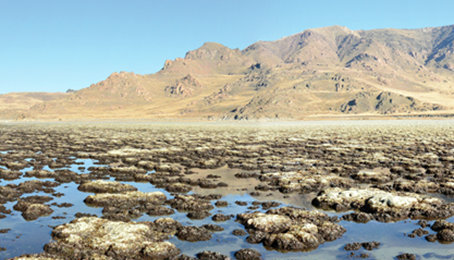Sedimentary systems, environments and dynamics Team leader: Pierre Pellenard Assistant: Christophe Thomazo
The Sediments, Environments and Surface Dynamics (SEDS) team develops innovative international research through these 3 themes: The research team notably address questions related to the carbon cycle at different scales of time and space and tends to answer the following questions: This core of expertise also fuels transversal themes across the Biogeosciences laboratory such as 1) the mechanisms of mineralization and preservation of carbonates, 2) the (paleo)environment – biodiversity coupling, 3) hydroclimatic modeling and carbon and water cycles interactions, 4) biotic and abiotic processes within soils’ vineyard.
1) Paleoclimate and alteration over long periods of time
2) Geobiology characterization of extreme environments and evolution of biogeochemical cycles
3) Transfers in the critical zone and interactions with climate
– What are the factors controlling continental alteration at different time scales, and what impact on the evolution of climate, relief, and carbonate production?
– What are the evolutions of biogeochemical cycles over geological time, how surficial Earth environments evolve?
– How can we better quantify continental fluxes of organic and inorganic materials and what are the controlling factors and feedbacks?
- kc_data:
- a:8:{i:0;s:0:"";s:4:"mode";s:2:"kc";s:3:"css";s:0:"";s:9:"max_width";s:0:"";s:7:"classes";s:0:"";s:9:"thumbnail";s:0:"";s:9:"collapsed";s:0:"";s:9:"optimized";s:0:"";}
- kc_raw_content:

